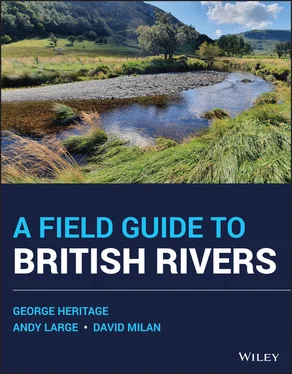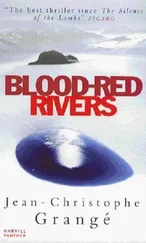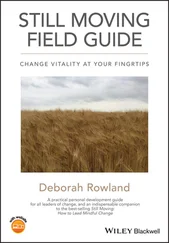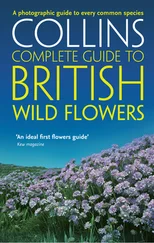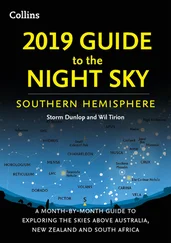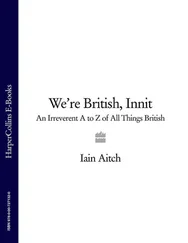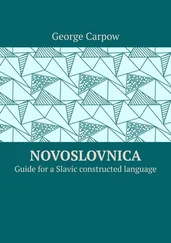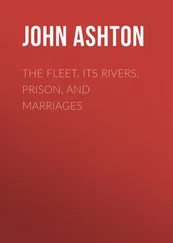1 Cover
2 Title Page
3 Copyright Page
4 Dedication Page
5 Foreword
6 1 British Rivers1.1 Introduction 1.2 The Importance of River and Floodplains 1.3 River and Floodplain Degradation 1.4 River and Floodplain Recovery 1.5 Purpose of This Book
7 2 River Types: A Brief Overview2.1 Introduction 2.2 Classification 2.3 Functional Classifications 2.4 River Classification Framework Used in This Book
8 3 River Types: Observations and Theory 3.1 Diffuse Upland Channels 3.2 Bedrock Channels: Background Research 3.3 Bedrock Influenced Channels: Step‐Pool Channel 3.4 Pool‐Rapid Channels 3.5 Wandering Channels 3.6 Coarse‐Sediment Anabrancing Channels 3.7 Fine‐Sediment Anastomosed Channels 3.8 Active Single‐Thread Channels 3.9 Passive Single‐Thread (Varied Sinuosity)
9 4 “Reading” Rivers4.1 Morphologic Unit‐Based Process Indicators
10 5 Towards Sensitive And Appropriate Management5.1 Historic and Current River and Floodplain Alteration 5.2 Extent of Channel Change 5.3 Towards the Future
11 References
12 Place and River Index
13 Subject Index
14 End User License Agreement
1 Chapter 2 Table 2.1 River types identified by Montgomery and Buffington (1997) along w... Table 2.2 Additional river types to those listed in Table 2.1, with channel ... Table 2.3 Functional channel types defined by SEPA (2012). Table 2.4 General character of functional channel types as defined by SEPA (... Table 2.5 Basic character and processes operating in the channel types used ... Table 2.6 Typical in‐channel morphologic assemblages by river type. Table 2.7 Typical valley bottom morphologic assemblages by river type.
2 Chapter 4Table 4.1 Key temperate river process indicators.Table 4.2 Feature‐process indicators occurring over different timescales on...
3 Chapter 5Table 5.1 Occurrence of habitat types on 555 English rivers.
1 Chapter 1 Figure 1.1 Water Framework Directive status summary for UK Rivers (2008–2015... Figure 1.2 Cause of hydromorphic degradation in the UK. Figure 1.3 Typical heavily modified lowland system with artificial flood pro... Figure 1.4 Typical heavily modified upland system, straightened, walled, and... Figure 1.5 Semi‐natural multi‐channel network on the River Narr. Figure 1.6 Laterally migrating active channel on the River Mallart, Syre, no... Figure 1.7 Active reach of the River Glen at Kirknewton, Northumberland, sho... Figure 1.8 Wandering reach of the River South Esk, Scotland, showing sedimen...
2 Chapter 2 Figure 2.1 River types on the sediment supply continuum. Figure 2.2 Channel type change with river gradient, sedimentology, and disch... Figure 2.3 The River Styles typology Figure 2.4 The Extended River typology Figure 2.5 Temperate river typology used in this volume.
3 Chapter 3 Figure 3.1 Continuum of potential change routes and feedback controls for ri... Figure 3.2 Stream head, Thinhope Burn, South Tyne, UK.Figure 3.3 Subsurface hydrology in the headwaters of Thinhope Burn catchment...Figure 3.4 Relationships between catchment areas and local channel head slop...Figure 3.5 Moorland seepage zone on the Lagrae Burn, a tributary of the Rive...Figure 3.6 Bedrock step on the upper River Wharfe, Buckden, North Yorkshire....Figure 3.7 Boulder step reach of the Church Beck, above Coniston, Lake Distr...Figure 3.8 Bedrock pool reach on the Brockle Beck, which flows into Derwentw...Figure 3.9 Overland flow channel, Stonethwaite Beck, Borrowdale, Lake Distri...Figure 3.10 The bedrock channel systemFigure 3.11 Boxplots showing the (a) channel slope (b) total stream power ch...Figure 3.12 Bedrock gorge section on the Lagrae Burn, a tributary of the Riv...Figure 3.13 Bedrock outcrop and new sediment delivered to the channel on the...Figure 3.14 Bedrock‐controlled cascade on the Lagrae Burn Scotland.Figure 3.15 Bedrock‐controlled rapid on the upper reaches of the River Calde...Figure 3.16 Bedrock‐influenced pool on Church Beck, Coniston, Lake District....Figure 3.17 High‐gradient stream long‐profile morphology (a) rapid channel m...Figure 3.18 Simplified representation of flow over step‐pool morphologyFigure 3.19 Boulder‐dominated berm feature, right‐hand bank looking downstre...Figure 3.20 Boulder splay/alluvial fan deposit, Millkeld Sike, Helton, Lake ...Figure 3.21 Narrowed valley and shifted channel linked to valley side slumpi...Figure 3.22 Waterfall on the Black Devon, Fife, Scotland.Figure 3.23 Small plunge pool and associated bar, Church Beck, Coniston, Lak...Figure 3.24 Bedrock step, Glen Cloy, Carradale, Kintyre, Scotland.Figure 3.25 Boulder step reach, Church Beck, Lake District.Figure 3.26 Bedrock pool, Brockle Beck, Lake District.Figure 3.27 Lag boulders in the channel on the Stonethwaite Beck, Lake Distr...Figure 3.28 Boulder rapid formed from material delivered from a steep headwa...Figure 3.29 Cobble/boulder rapid formed in situ from material delivered from...Figure 3.30 Coarse lateral bar stored on bedrock, Brockle Beck, Lake Distric...Figure 3.31 Lee bar deposit downstream of a bedrock outcrop on the South Esk...Figure 3.32 Sand/silt drapes along the channel margin of the South Esk, Scot...Figure 3.33 Slope character for different channel types (a) Bed slope with 9...Figure 3.34 Characterisation of step‐pool morphologyFigure 3.35 Boulder and cobble pool‐rapid on the upper River Garnock, Kilbir...Figure 3.36 Boulder cascade on the upper River Caldew, Mosedale, Lake Distri...Figure 3.37 Hydraulically controlled cobble/boulder rapids, River Glen, Kirk...Figure 3.38 Outcrop‐induced rapid on the Upper Garnock, Kilbirnie, Ayrshire,...Figure 3.39 Erosion‐induced bank collapse leading to an instream rapid, Rive...Figure 3.40 Plane‐bed‐rapid section on the South Esk, Brechin, Scotland.Figure 3.41 Coarse sediment pool upstream of a rapid on Swindale Beck, Lake ...Figure 3.42 Tributary fans along the valley margin of the upper River Caldew...Figure 3.43 Palaeo‐channels preserved across the now‐inactive wandering terr...Figure 3.44 Formerly active zone of the wandering gravel‐bed River Coquet, R...Figure 3.45 Active zone on the wandering gravel‐bed River Coquet, Rothbury, ...Figure 3.46 Local knickpoint erosion caused by channel avulsion, River Glen,...Figure 3.47 Stabilised inset berm on the wandering reach of the River Malart...Figure 3.48 Well‐preserved palaeo‐channel on the River Glen, Kirknewton, Nor...Figure 3.49 Recent cutoff channel on the River Dee, Ballater, Scotland.Figure 3.50 Chute cutoff channel on the Carradale Water, Kintyre, Scotland....Figure 3.51 Multiple gravel splay deposits on the River Dee, Ballater, Scotl...Figure 3.52 Bar and islands, Wooler Water, Wooler, Northumberland.Figure 3.53 Point bar composed of fine sediments, River Dee, Scotland.Figure 3.54 Coherent sub‐bar depositional units. River Dee, Scotland.Figure 3.55 Chute channels running across a coarse sediment bar. River South...Figure 3.56 Chute channels re‐working a sediment bar on the River Coquet, Sh...Figure 3.57 Long lateral bar deposit on a wandering reach of the River Dee, ...Figure 3.58 Stalling mid‐channel bar. River Dee, Ballater, Scotland.Figure 3.59 Mid‐channel bar formed from a dissected point bar. River Dee, Ba...Figure 3.60 Transverse bar feature on the River Naver, Sutherland, Scottish ...Figure 3.61 Transverse bar feature on the River Derwent, Workington, Cumbria...Figure 3.62 Multiple riffle units on a wandering section of the River Nith, ...Figure 3.63 Riffle unit on the Carradale Water, Kintyre, Scotland.Figure 3.64 Multiple rapid units dissecting coarse sediment bars on the wand...Figure 3.65 Cobble rapid on the River South Esk, Brechin, Scotland.Figure 3.66 Isolated large wood with associated sediment deposition.
Читать дальше
